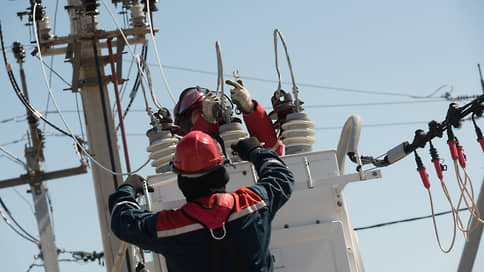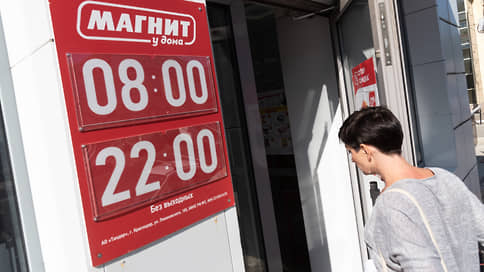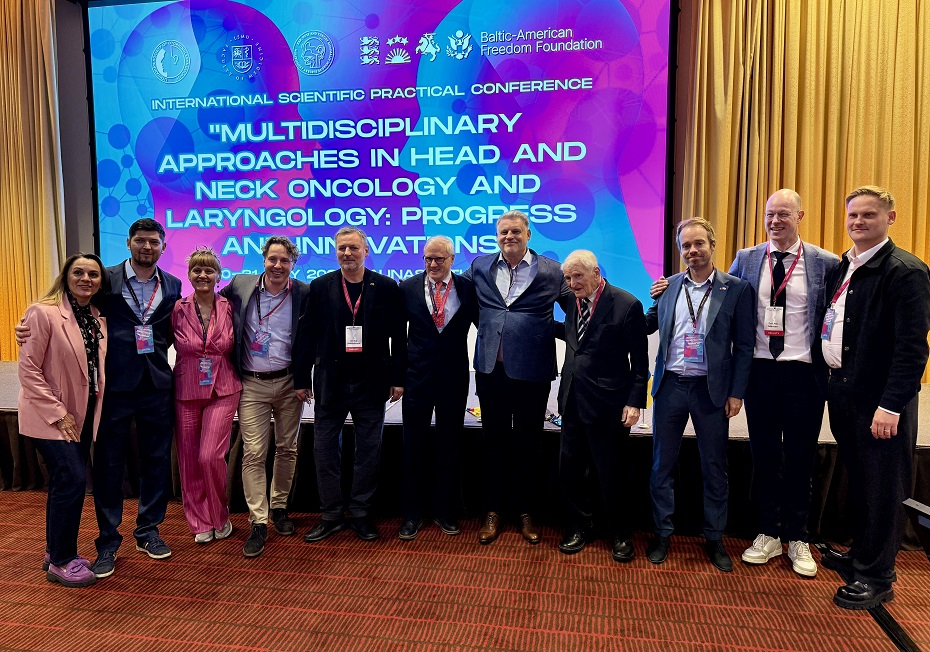The FAS published a draft resolution on the mechanism for introducing TSO cost standards

FAS offered network companies a phased transition to standards in determining their costs, which should smooth out the difference in tariffs. In 2026, 30% of operating costs should be calculated, and in 2028 their share will reach 100%. Industrial consumers are concerned about the possible increase in the tariff for the transfer of electricity, but analysts believe that this influence will be smoothed out by the transition period.
The FAS published a draft resolution on the mechanism for introducing the standards of costs of territorial network organizations (TSO). This method is aimed at bringing TSO expenses to an optimal level based on a comparison of various criteria. When calculating, regional features, the distribution of TSO networks, and the operation of equipment – for units over 35 years, the coefficient will increase.
When approving tariffs for the transfer of electricity for 2026, the share of operating costs calculated using the standards should be 30%, in 2027 – increase to 70%, and in 2028 – up to 100%.
The materials indicate that due to the lack of uniform approaches to determining the operating costs of network organizations, tariffs for electricity transfer services in the regions are very different. According to the project, operating expenses using standards should not exceed the costs of the largest TSO in the region. Exceptions – Monosette organizations and network companies in the territory of technologically isolated power systems.
The introduction of OPEX standards in networks has been discussed since 2018, but has always been faced with the criticism of the government. The “Energy Consumer Community”, referring to the FAS materials, notes that if the project is adopted, tariffs for electricity transfer services can grow by 2.2–2.8%, follows from the protocol of the meeting of the working group in the field of energy. According to the Association, the additional costs of consumers will amount to about 22.5 billion rubles. per year.
The FAS explained “Kommersant” that the transition to the reference principle will exclude the subjective approach and “tariff discrimination” in the establishment of adjustable tariffs. The concept also takes into account the normative number of personnel, the coefficient of the village/city, features for Russian Railways, JSC « Oboronenergo » and the regions of the Far North. The introduction of standards involves a change in tariffs for the transfer of electricity to the growing total in 2026–2028 in the amount of 2.8%. The standards will be calculated for 59 types of equipment. The Service holds approvals to enter a draft resolution to the Government of the Russian Federation in June. The Ministry of Energy did not respond to the request “Kommersant”.
The Rossethei informed Kommersant that the transition to standards will ensure a fair distribution of a tariff source to finance repair programs in the required volume, which will help reduce wear and reduction in the networks.
The “Energy Consumer Community” “Kommersant” said that existing estimates show an additional increase in tariffs in the country, in individual regions – by tens of percent. “Instead of stimulating regulation, tariffs are offered, increasing the revenue of a network monopoly, without effects for consumers,” the association notes. They added that the current methods of regulation against this background look more transparent.
The director of the Center for Research in the HSE NRU, Sergei Sasim, indicates that the use of a coefficient that ensures an increase in expenses for worn units of equipment leads to the fact that TSO becomes profitable to support them, even if they are older than 70 years. In addition, the expert says, the constituent entities of the Russian Federation with a radically different economy and climate, for example, Bashkortostan and the Kursk region are combined into a single cluster. At the same time, Mr. Sasim continues, with eliminating methodological disadvantages, the mechanism will ensure the formation of the optimal value of controlled costs, stimulating the company to increase operating efficiency.
According to the expert, for most electric grid organizations, the principle of standards will increase operating expenses. Their share in the revenue of large TSOs on average is about 40%. But in the price of electricity, the share of transfer services is an average of 39%, and the implementation of standards implies a transition period, therefore, the influence of a possible increase in operating expenses in practice will most likely be smoothed out, according to Sergey Sasim.








:format(webp)/s3/static.nrc.nl/images/gn4/stripped/data132134012-36b090.jpg)